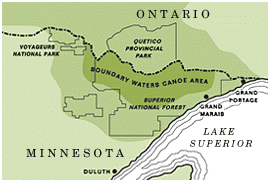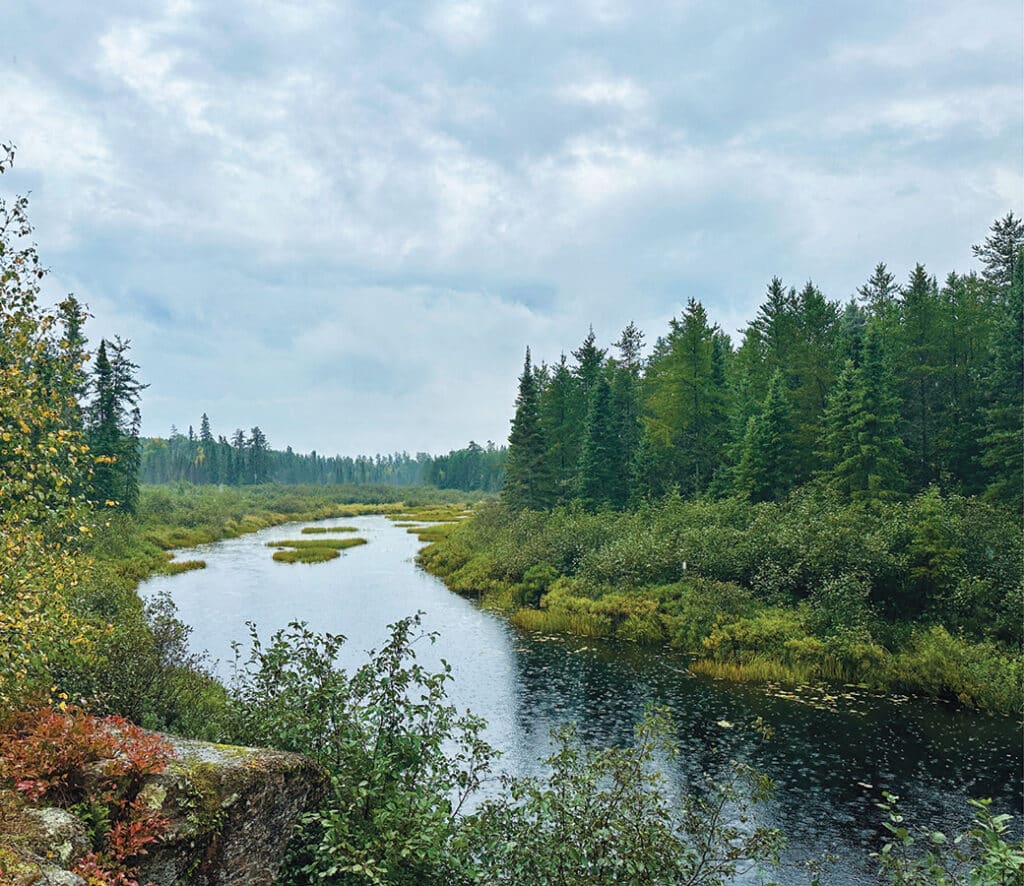
Recently, U.S. Department of Agriculture Secretary Brooke L. Rollins announced that the agency intends to withdraw the 2001 Roadless Area Conservation Rule across the United States. Specifically, this rule currently protects 59 million acres of inventoried roadless areas in the National Forest System by prohibiting new road construction and timber harvesting. In Minnesota, many of these areas lie adjacent to the Boundary Waters Canoe Area Wilderness (BWCAW). If the USDA moves forward, it could change how managers oversee parts of the National Forest.
Protection may be lifted
In a recent memo, Secretary Brooke Rollins confirmed that the federal government plans to rescind the Roadless Area Conservation Rule. As a result, the federal government would potentially lift long-standing restrictions on road construction and timber harvesting. This change would affect millions of acres of National Forest land, including 62,000 acres in Minnesota’s Superior National Forest.
Federal officials argue that the existing rule, established in 2001, limits active forest management and contradicts the Forest Service’s mission to maintain healthy, resilient forests. “This move opens a new era of consistency and sustainability for our nation’s forests,” said Secretary Rollins. “Proper forest management can prevent catastrophic wildfires and ensure future generations benefit from these lands.”
Forest Service Chief Tom Schultz echoed the Rollins sentiment, calling the rule overly rigid and a barrier to wildfire suppression and stewardship. “For nearly 25 years, the Roadless Rule has frustrated land managers and blocked action—prohibiting road construction, which has limited wildfire suppression and active forest management,” Schultz said. According to the agency, wildfires of high or moderate severity affected 13 percent (5.5 million acres) of inventoried roadless areas between 1984 and 2024.
Since Secretary Rollins’ memo, the USDA has issued a notice intending to prepare an Environmental Impact Statement (EIS) to study the proposed repeal and consider alternatives. One key alternative would return roadless area management decisions to local forest-level plans. The proposed action also aligns with a broader federal push to reduce regulatory burdens under Executive Order Unleashing Prosperity Through Deregulation.
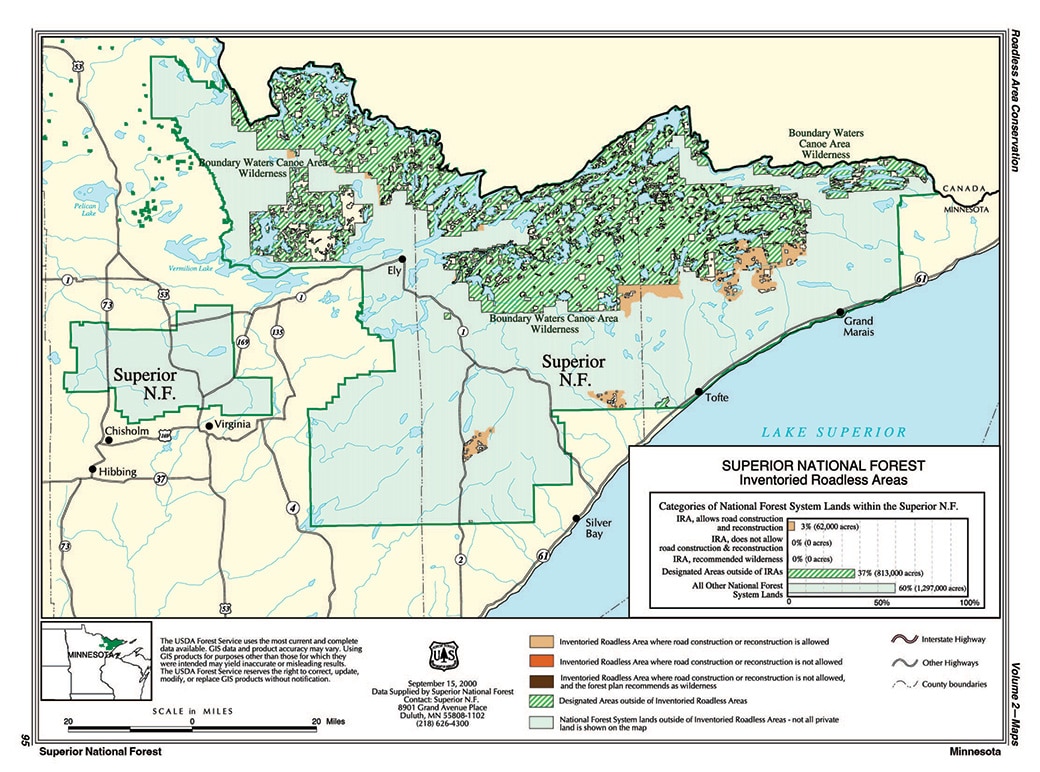
Inventoried acres next to wilderness
When the Roadless Rule was enacted, officials considered it a significant public lands conservation measure. Through it, 58.5 million acres across the United States came under protection.
Minnesota has approximately 2.8 million acres of National Forest System land. The Superior National Forest contains 62,000 acres of inventoried roadless land, which is about 3% of the forest. Much of this land lies near the BWCAW, which spans a million acres. It contains some of the cleanest waters and most pristine forests in the Upper Midwest. It’s also the southern edge of the boreal forest and features vast stretches of spruce, red and white pine, as well as aspen and birch.
Conservation and environmental groups warn that the changes will have a long-term impact on the ecosystem.
Environment America highlights the ecological importance, stating, “Roadless areas of forestland are not simply ‘unused’ or ‘unproductive’ landscapes waiting to be put to better use. They rank among the most ecologically important places on the planet. By keeping them free of new roads, we preserve biodiversity, prevent the spread of invasive species, and maintain the natural cycles that forests depend on.”
Additionally, Save the Boundary Waters, a nonprofit dedicated to protecting the BWCAW from pollution, said in a post that “Weakening it would open the door to destruction that cannot be undone.”
Next steps
The first phase of public comments ends September 19, 2025. However, the public can already view comments submitted by federal, state, and local agencies, as well as elected officials, online.
The USDA plans to release the proposed rule and an Environmental Impact Statement (EIS) by March 2026, giving the public another chance to comment. The agency expects to issue the final rule, EIS, and record of decision by late 2026.
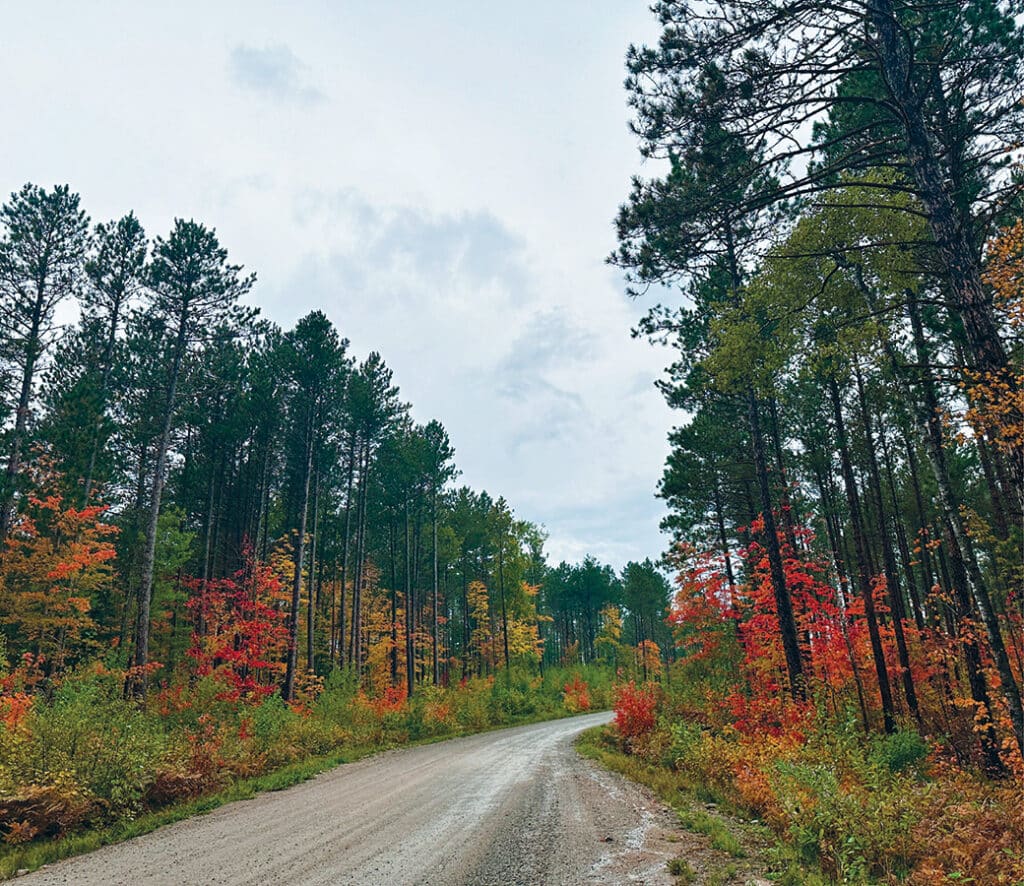
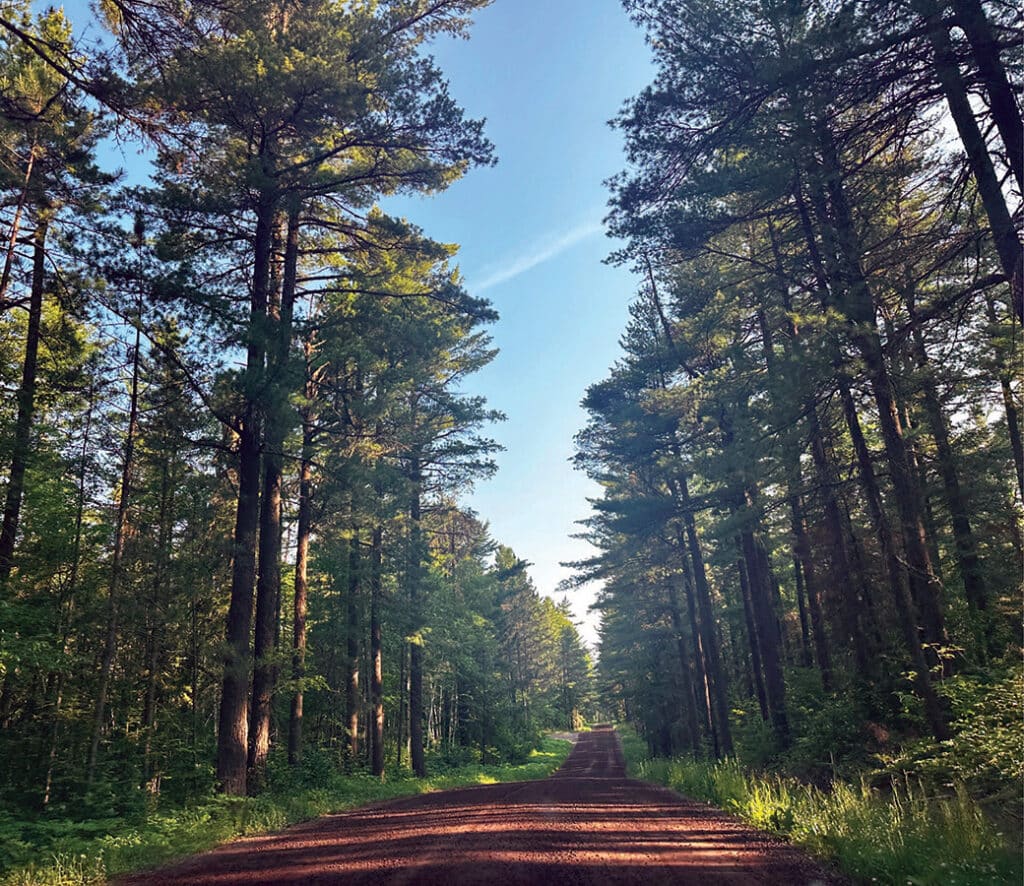
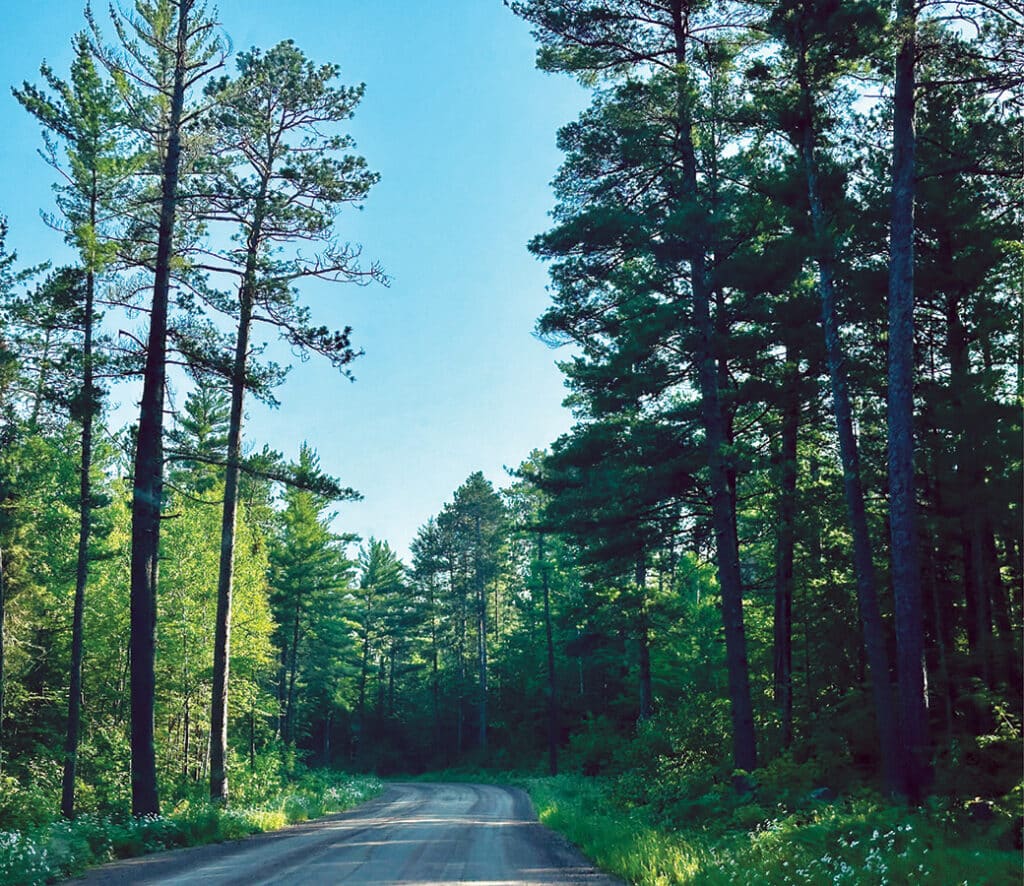
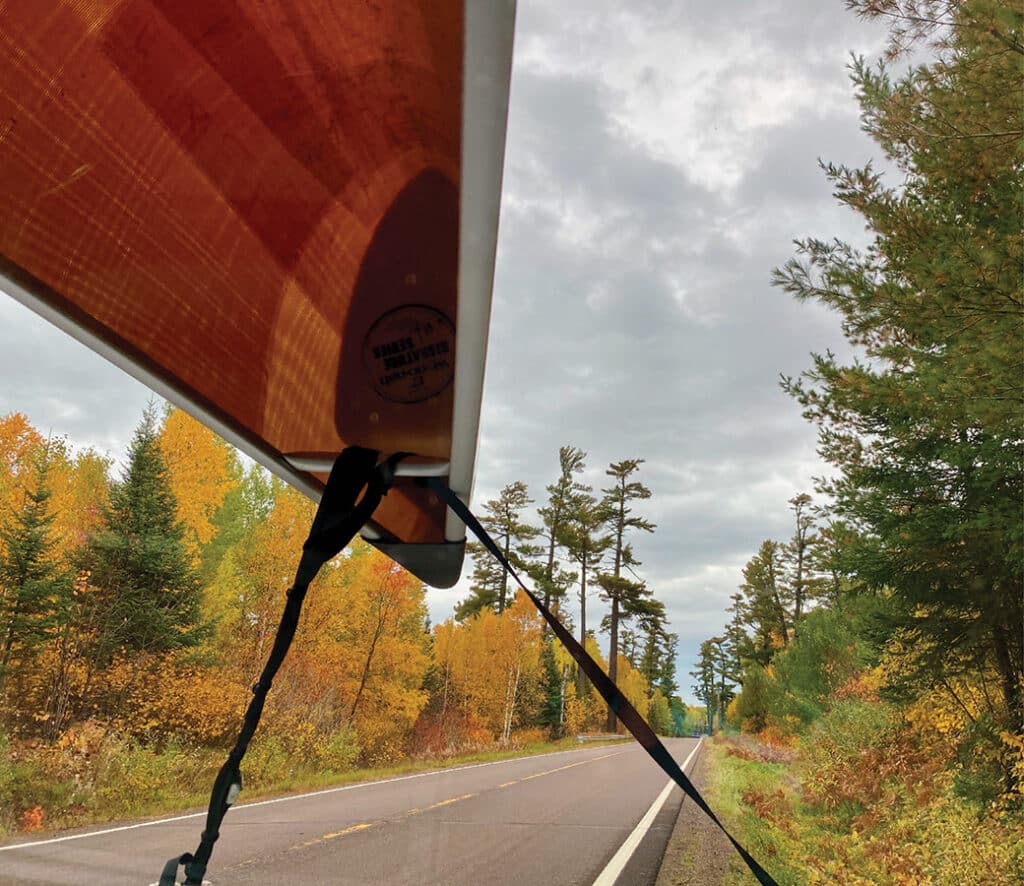
More info:
- Map: USFS Roadless Rule Areas
- The Future of the Roadless Rule in Minnesota – Environmental Minnesota
- USDA Opens Next Step in the Roadless Rule Rescission – USDA Forest Service
- Roadless Areas Inventoried by State – USDA Forest Service

